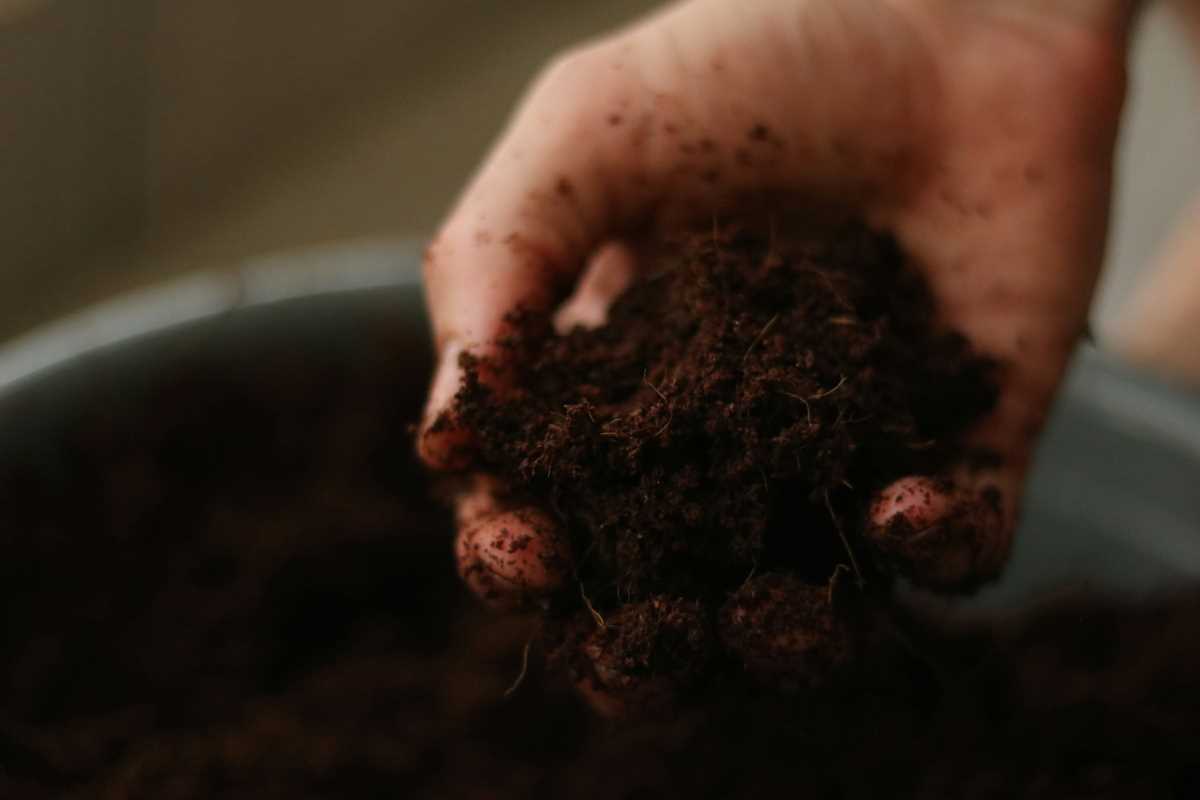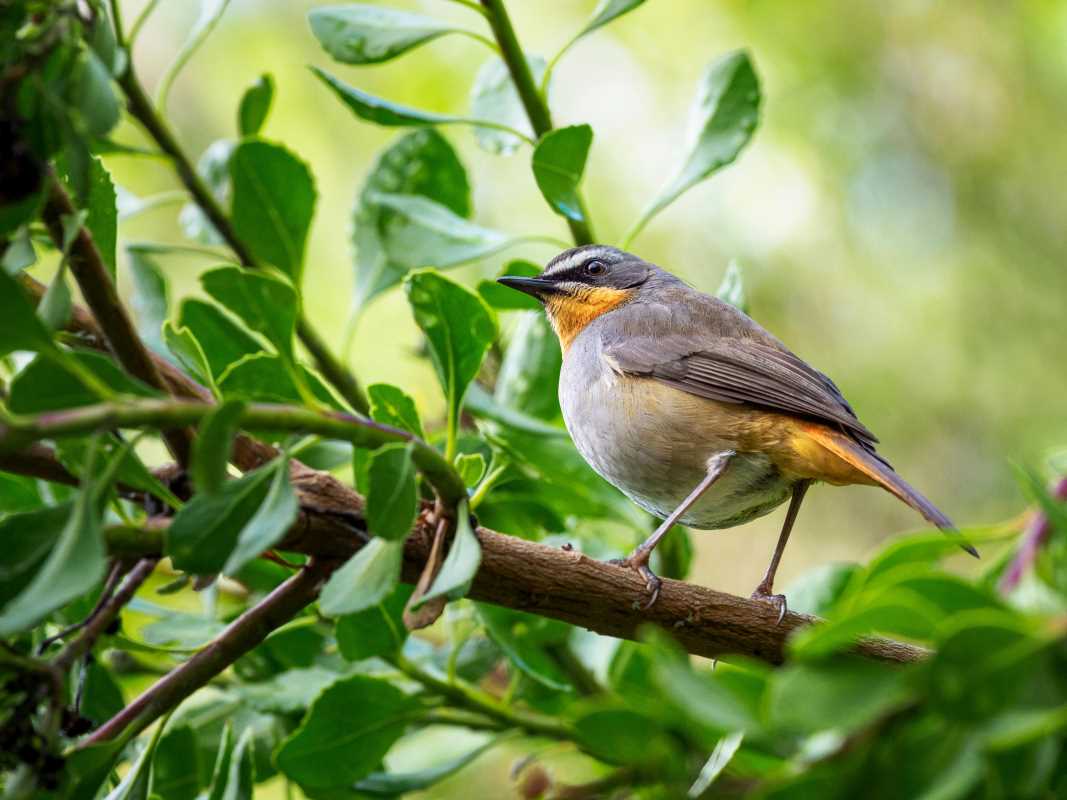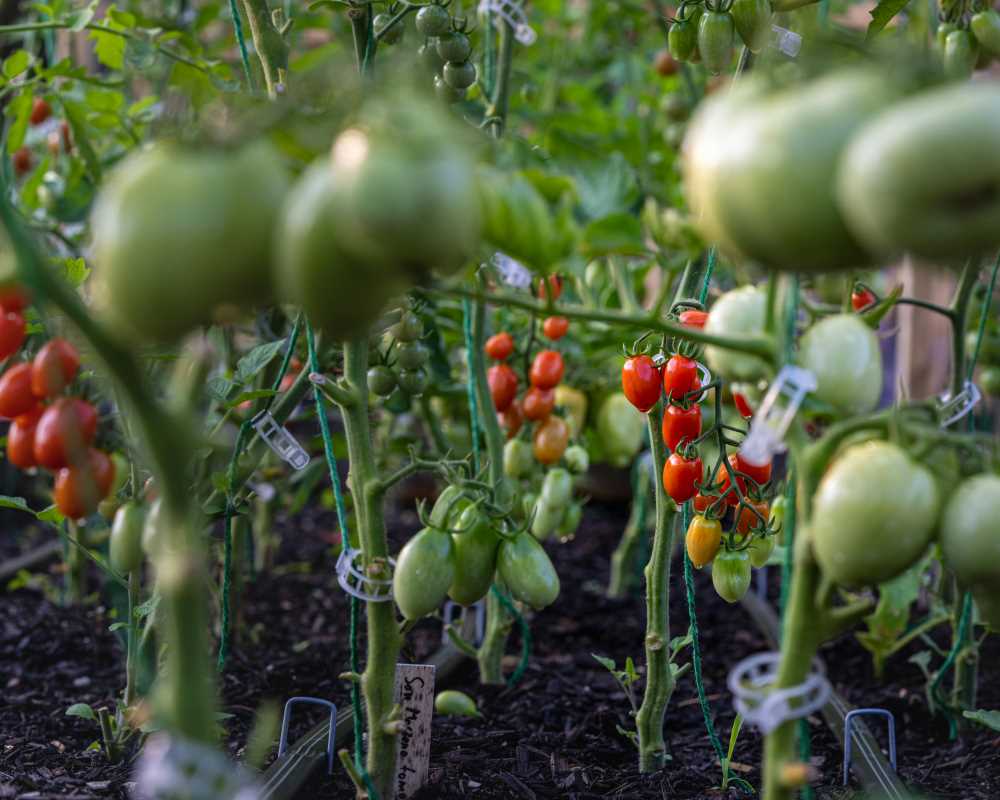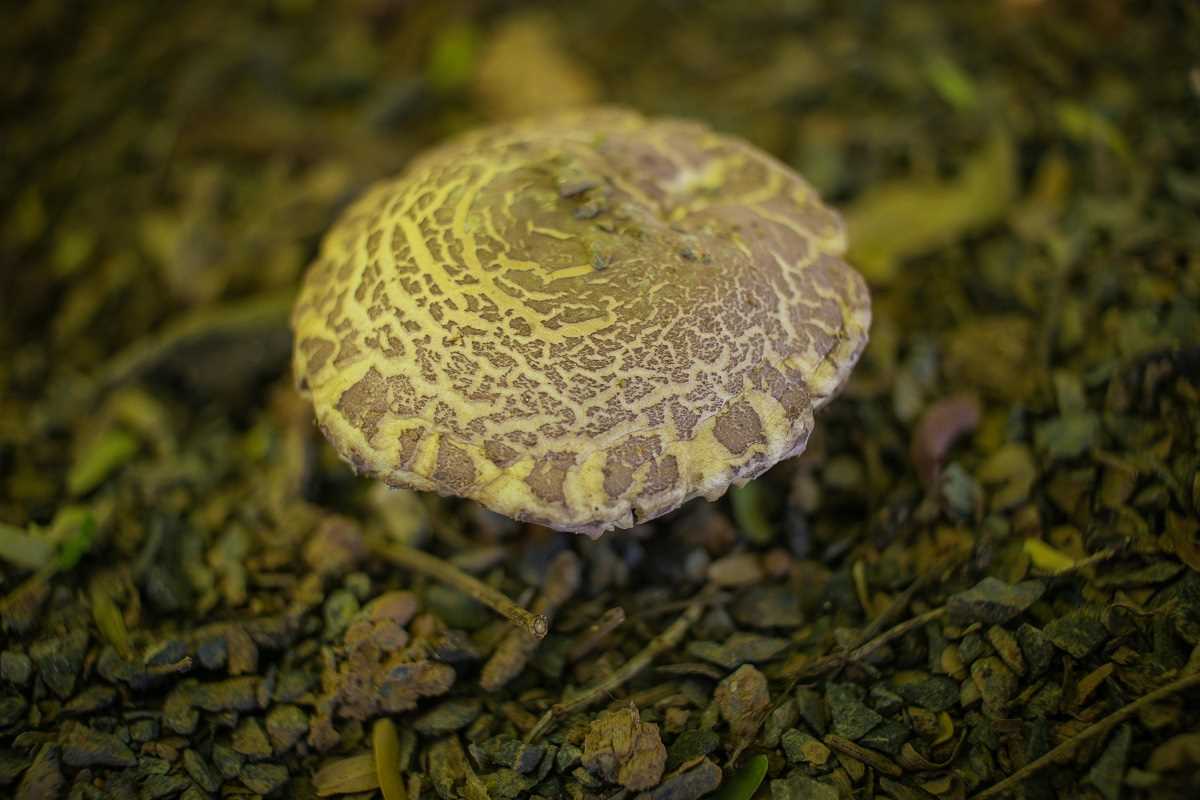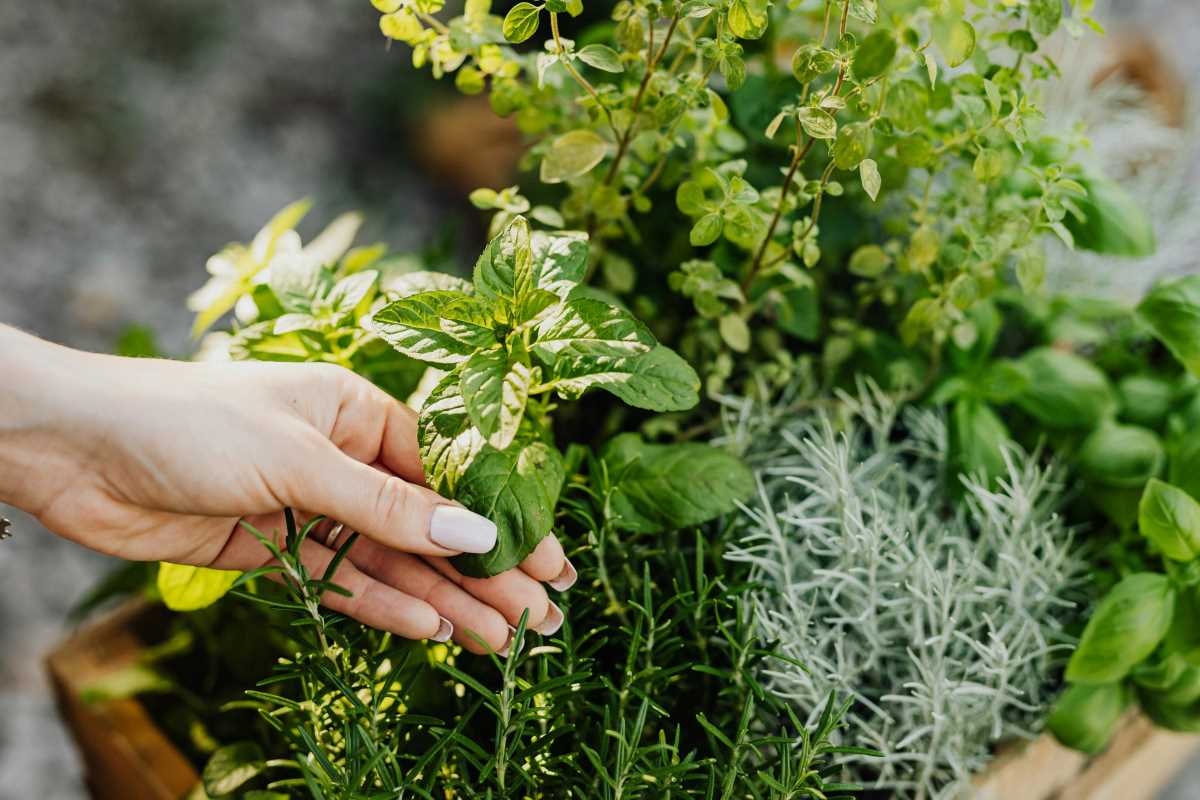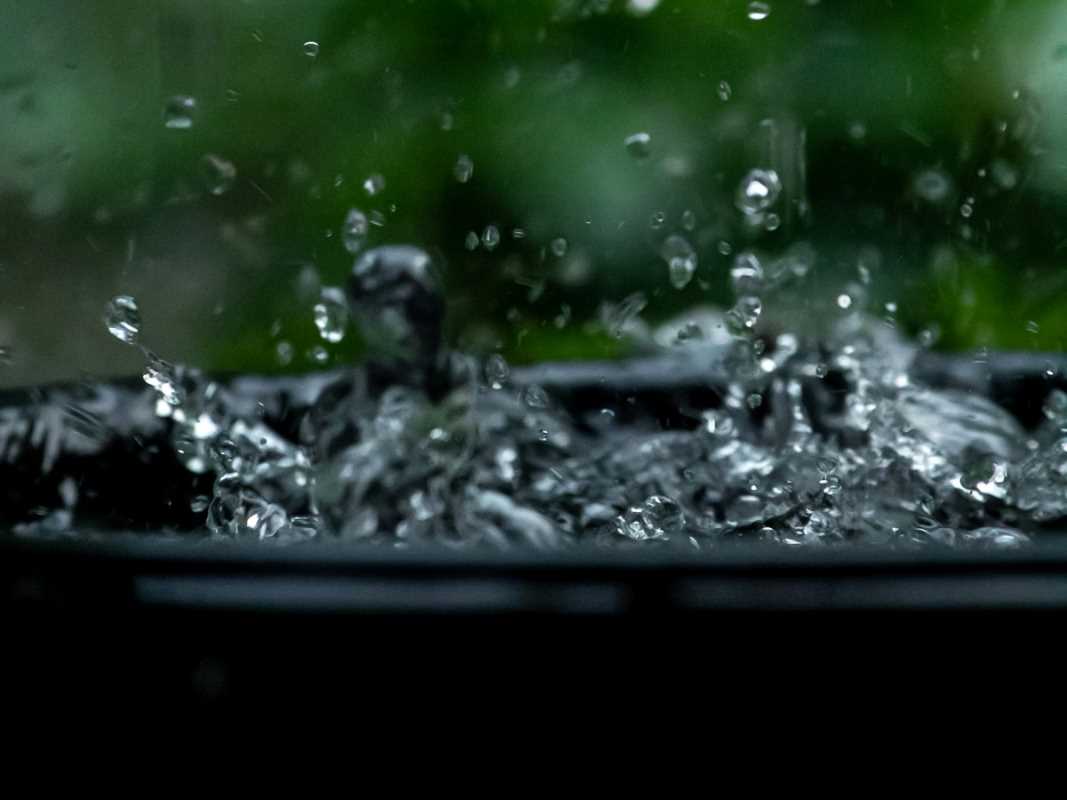Imagine stepping into your backyard and finding it alive with color, movement, and life as butterflies glide from flower to flower. Butterflies are not only beautiful; they’re also vital pollinators and indicators of a healthy ecosystem. With the right steps, you can transform your outdoor space into a vibrant sanctuary where butterflies feel right at home.
This guide will walk you through everything you need to know to create a butterfly sanctuary in your backyard. From choosing the right plants to providing water and shelter, here’s how to make your garden a welcoming haven for these winged wonders.
Why Create a Butterfly Sanctuary?
Butterflies are more than just a delight to watch. They play a critical role in pollination, helping plants reproduce and maintaining healthy ecosystems. However, with habitat loss, pesticide use, and climate change, butterfly populations are declining worldwide. By dedicating a portion of your yard to butterflies, you not only support local ecosystems but also contribute to global conservation efforts. Plus, you’ll be rewarded with a garden that’s bursting with color and life.
Step 1. Plant Native, Butterfly-Friendly Flowers
Flowers are the heart of any butterfly sanctuary. Butterflies rely on nectar for energy, and the flowers in your garden provide their primary food source.
Choosing the Right Plants:
- Go Native: Native plants are a natural choice because local butterfly species are already adapted to them. Look for wildflowers, milkweed, and native shrubs.
- Provide Continuous Blooms: Butterflies need nectar throughout the growing season, so include plants that bloom at different times. Spring favorites like lilacs and summer-loving coneflowers are great choices.
- Choose Bright Colors: Butterflies are drawn to bright hues like red, orange, pink, and purple.
Top Butterfly-Friendly Plants:
- Milkweed (essential for monarchs)
- Coneflowers
- Bee balm
- Black-eyed Susans
- Verbena
- Phlox
Plant a mix of annuals and perennials to keep your garden colorful year after year.
Step 2. Add Host Plants for Caterpillars
Butterfly sanctuaries aren’t just about the adults; caterpillars need support too! Host plants are where butterflies lay their eggs and caterpillars eat before transforming into butterflies. Including these plants gives butterflies a full life cycle right in your backyard.
Common Host Plants:
- Milkweed: A must for monarch butterfly caterpillars.
- Parsley, Dill, and Fennel: Perfect for black swallowtail caterpillars.
- Willow and Poplar Trees: Great for mourning cloak and viceroy caterpillars.
Plant these near nectar-rich flowers so butterflies don’t have to travel far to lay their eggs.
Step 3. Provide Fresh Water Sources
Like all creatures, butterflies need water to survive. However, they can’t drink from deep pools like a birdbath. Instead, they engage in a behavior called “puddling,” where they seek out shallow water for hydration and to absorb minerals.
Creating Butterfly-Friendly Water Spots:
- Puddling Station: Fill a shallow dish or plate with wet sand or mud. Add a few flat rocks for butterflies to perch on as they sip.
- Moist Sponges: Place damp sponges in sunny spots around your garden. Keep them wet at all times.
- Keep the water fresh by rinsing and refilling the stations regularly to prevent mosquitoes.
These small water features are easy to maintain and make a big difference for thirsty butterflies.
Step 4. Provide Shelter and Protection
Apart from food and water, butterflies need safe spaces to rest, hide from predators, and weather storms. Creating shelter can turn your backyard into a sanctuary where butterflies feel secure.
How to Add Shelter:
- Shrubs and Hedges: Dense bushes like lavender or spirea offer protection from wind and rain.
- Leaf Piles: Butterfly pupae may attach themselves to leaf piles during metamorphosis.
- Butterfly Houses: Install specialized wooden butterfly houses with narrow openings to keep predators out.
Position sheltering plants and structures in sunny areas, since butterflies need warmth to stay active.
Step 5. Avoid Harmful Chemicals
Pesticides and herbicides can be lethal to butterflies, especially in their caterpillar or egg stages. Even chemicals designed to be “bug-friendly” may impact butterfly populations.
Tips for a Chemical-Free Garden:
- Use natural pest control methods instead of sprays. Companion planting (e.g., marigolds as pest deterrents) can keep your garden healthy without harming pollinators.
- Handpick pests like aphids or use a strong spray of water to remove them.
- Keep your soil healthy and less pest-prone by enriching it with compost.
Going organic not only protects butterflies but also improves soil health and the overall vitality of your garden.
Step 6. Understand Butterfly Behavior
Butterflies have fascinating habits and specific needs. Learning about their behavior will help you create the ultimate sanctuary for them.
Important Things to Know:
- Butterflies are cold-blooded and rely on the sun to warm their bodies. Provide flat stones or wood in sunny spots so they can bask and get ready for flight.
- Many butterflies are territorial. Aim for a variety of host and nectar plants throughout your garden to minimize competition.
Observing your winged visitors will also help you identify which species frequent your sanctuary and which plants they favor.
Bonus Tips for a Thriving Butterfly Sanctuary
Add Diversity to Your Garden:
Include habitats for other pollinators like bees and hummingbirds. A biodiverse garden is more resilient and supports more life.
Keep It Wild:
Leave some areas of your garden untouched. Wild patches with weeds and grasses attract a wider variety of butterflies and other beneficial insects.
Reduce Noise Disturbance:
Butterflies are sensitive to vibration. Avoid loud equipment or activities near their habitats.
Creating a butterfly sanctuary in your backyard is an opportunity to engage with nature, protect pollinator populations, and add beauty to your environment.
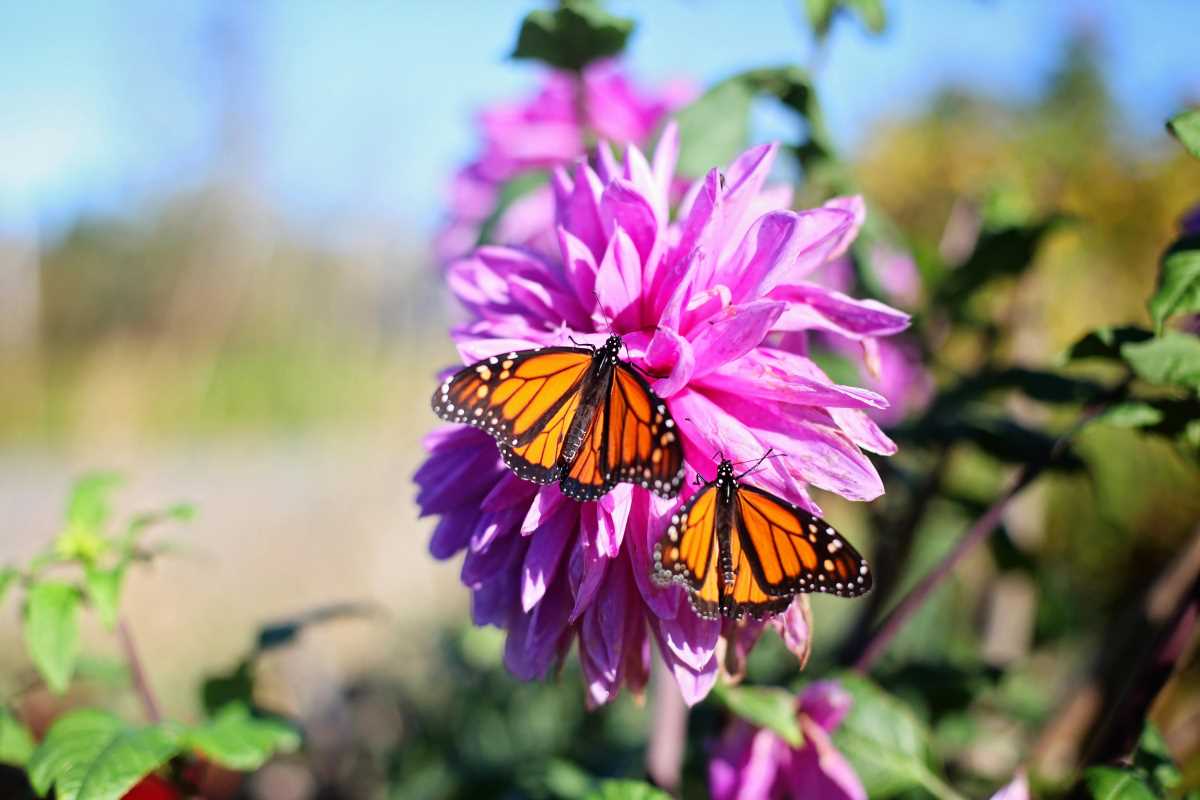 (Image via
(Image via